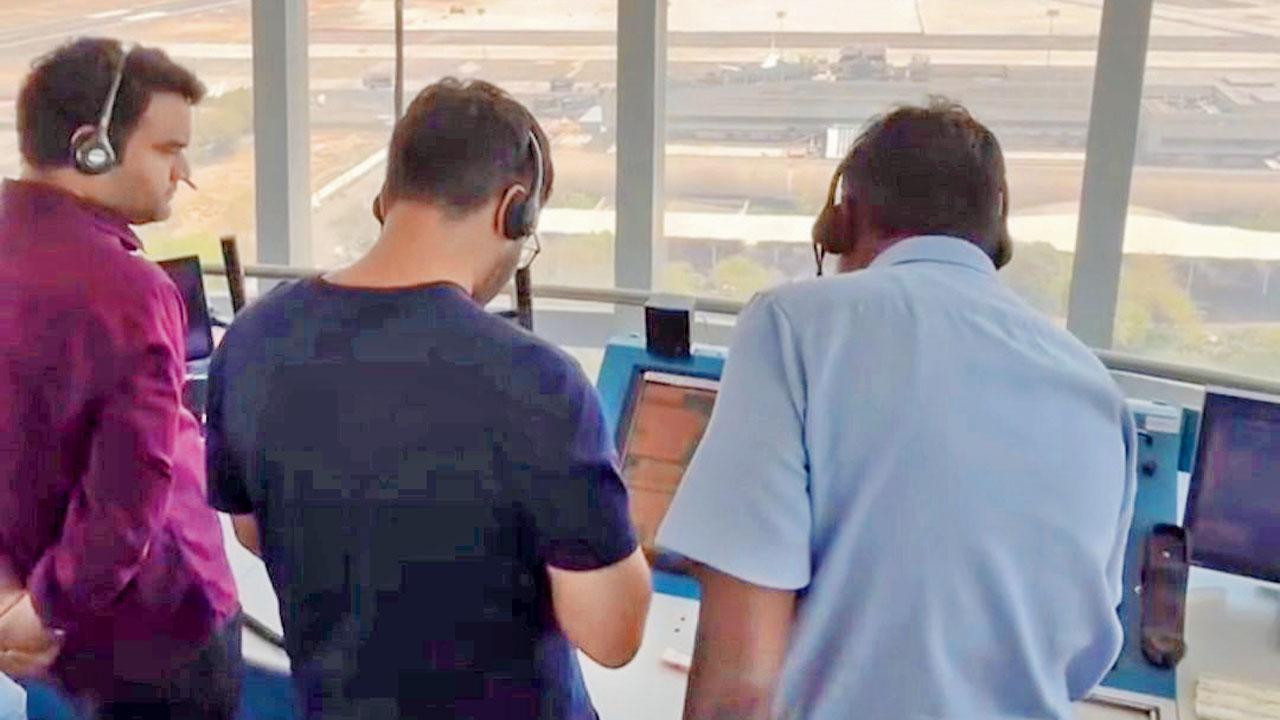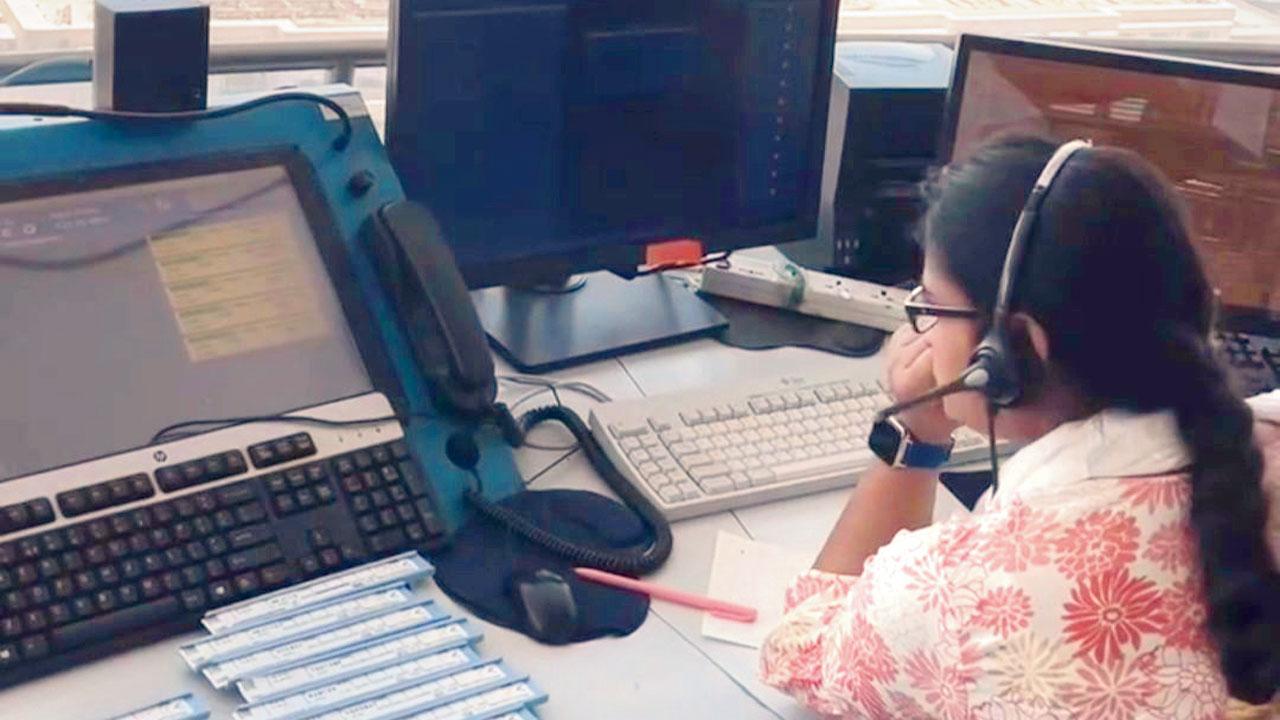Futuristic systems where aircraft keep track of each other are not only streamlining flight operations, but also reducing risk of human error

The Air Traffic Control Tower at the Chhatrapati Shivaji Maharaj International Airport
The implementation of artificial intelligence (AI) has proved to be helpful in making air travel much safer than traditional methods. Multiple systems exist to issue air traffic collision warnings or aid in Air Traffic Control (ATC) operations worldwide, introducing unprecedented efficiency and reliable safety measures. ATC personnel are now leveraging automation for departure and arrival sequencing, enabling them to focus more on critical controlling tasks rather than routine sequencing.
ADVERTISEMENT
Anti-collision systems
A senior flight instructor currently working with a major airline said, “In the world of aviation, there is very little to no room for any human error. That being said, multiple factors need to be taken into account such as the separation between aircraft and their flight paths. Being human, there is always a slight margin for error in calculations or other technical aspects. This is where the Traffic Alert and Collision Avoidance System (TCAS), also known as Airborne Collision Avoidance System (ACAS), and Automatic Dependent Surveillance Broadcast (ADS-B) technique come into play.”
“In aviation, the general rule to avoid any mid-air collision states ‘turn right’ that is, the two aircraft on a path to a mid-air collision have to turn 90 degrees right with respect to their current compass heading. This means a 180-degree total deviation considering the new flight paths after the right turn. This ensures that most collisions are averted,” the senior fight instructor added.

Planes that were on a collision course avert tragedy as TCAS saves the day
The flight instructor also disclosed, “If the pilot fails to identify any potential mid-air collision, there are multiple systems installed in an aircraft which are run by AI and comms. The transponders in an aircraft are not just for the controllers to see its location on their radar but also to communicate with any nearby aircraft on its own so that an aircraft knows the relative positions of other aircraft and their relative routes. These transponders are known as ADS-B transponders.”
Another senior flight instructor said, “If the transponders recognise a potential collision route, these transponders usually generate an alert using the TCAS system. The TCAS system is divided into two parts: TCAS-I and TCAS-II”
“In the first phase, TCAS-I, the aircraft on its own issues an alert for pilots of both aircraft, warning them that they are on a collision course. If this is ignored or is not noticed by the pilots when the aircraft come closer to each other, TCAS-II is triggered, with both aircraft issuing a second warning and resolution advisory (RA) for the pilots and communicating between themselves to take a mutual decision about which is supposed to turn in which direction to avoid collision,” the flight instructor added.
Global implementation
Eurocontrol, the European agency responsible for ATC services across Europe, announced significant improvements in various procedures with AI integration.
According to a recent release from Eurocontrol, “AI has not only streamlined operations but also reduced the risk of human error. Within the SES ATM Research (SESAR) framework, Eurocontrol employs AI to support the latest wake vortex separation re-categorisation (Separation between two aircraft to avoid being caught in the tailwind vortex generated by the engines of the plane in front of it), ensuring safe distances between aircraft during approaches. This advanced AI application quickly calculates and displays the required separation distances and other critical factors, enhancing overall safety and efficiency.”
Similarly, the Federal Aviation Administration (FAA) in the United States has highlighted the benefits of AI in improving the safety and reliability of ATC services. “AI applications have been pivotal in optimising air traffic management and reducing the workload on controllers,” stated the FAA in a recent release.
Closer to home
ATC at many major Indian airports has also embraced automation for departures, significantly streamlining the sequencing process. This allows controllers to focus on enhancing the efficiency of air traffic management, pushing the boundaries of operational excellence.
At Mumbai, an automation process is used to streamline the sequencing process, which has reduced the workload on the controllers and helped them focus more on air traffic management. Sources from the Mumbai ATC told mid-day, “Air traffic control is such a field where humans cannot be completely replaced. No doubt, the implementation of technology has streamlined the process, but the need for a human to be practically present is always there as one needs to make split-second decisions during any emergencies or disaster-like situations. Calculations become easier when the use of such advanced technology is implemented, which helps us controllers in focusing on the main point of our jobs: controlling.”
What is it?
It is an aircraft system to override human error and avoid mid-air collision.
How it works?
If the ATC fails to alert pilots about a possible collision, the aircraft via the system issues a warning to the pilot concerned and if this warning is missed by the pilots, the two aircraft issue another alert and a mandatory resolution advisory, which overrides any instructions from the ATC.
Who benefits from it?
As it enables aircraft to communicate with each other in airspace in the event of mid-air collisions, the system is the ultimate lifesaver.
 Subscribe today by clicking the link and stay updated with the latest news!" Click here!
Subscribe today by clicking the link and stay updated with the latest news!" Click here!







